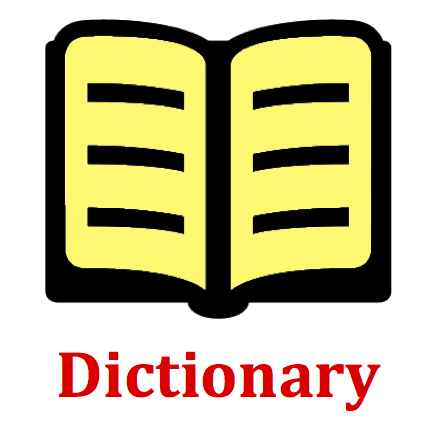Mission WM4 Wavelength-Frequency-Speed Relationship

A pelican is sitting on its perch in the harbor as ocean waves come splashing in. The crests of the waves drench the pelican as it collides with its perch. The drenching occur every 2.85 seconds. The crests are positioned 9.63 meters apart. Determine the wavelength (in meters), frequency (in Hertz), and speed (in meters/second) of the wave.
(Note: Your numbers are randomized numbers and likely different from the numbers listed here.)

The frequency of a wave refers to how often a repeating event takes place. It is the number of repetitions or cycles or waves occurring per unit of time.
Definition of Wavelength:
The wavelength of a wave is the length of the wave or repeating wave segment. It is often (but not always) measured as the distance from crest to adjacent crest.

Like many Minds On Physics questions, the difficulty of this question is not in its mathematical rigor nor in the sophistication of the algebra operations which must be performed. The difficulty of this question lies in understanding the concepts of frequency and wavelength. See Dictionary section. The event that reoccurs over and over again is the splashing of wave crests against the pelican's perch. A crest arrives at the perch every 2.85 seconds. Using the equation in the Formula Frenzy section, this information can be used to calculate the frequency. The wavelength is the distance between adjacent crests. This distance is stated in the question. Now knowing the frequency and the wavelength, the wave speed can be calculated (see Formula Frenzy).

The speed (v) of a wave can be calculated from knowledge of the wavelength (W) and the frequency (f) of the wave. The formula is:
v = f•W
